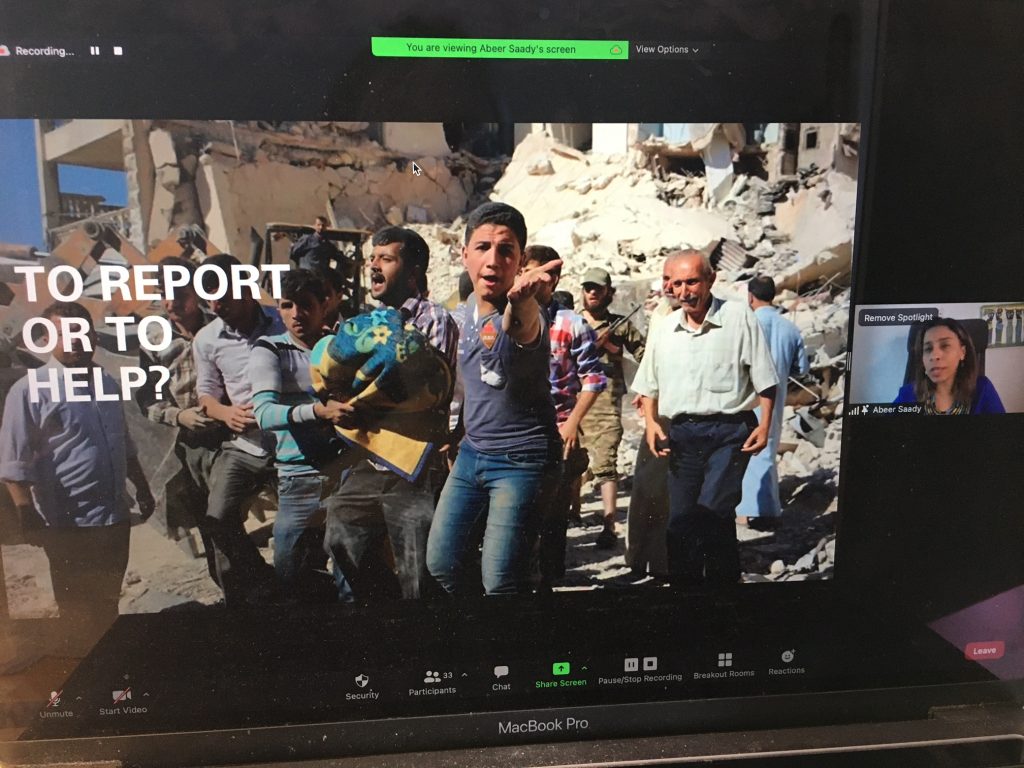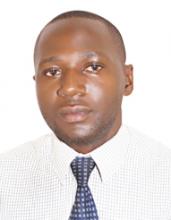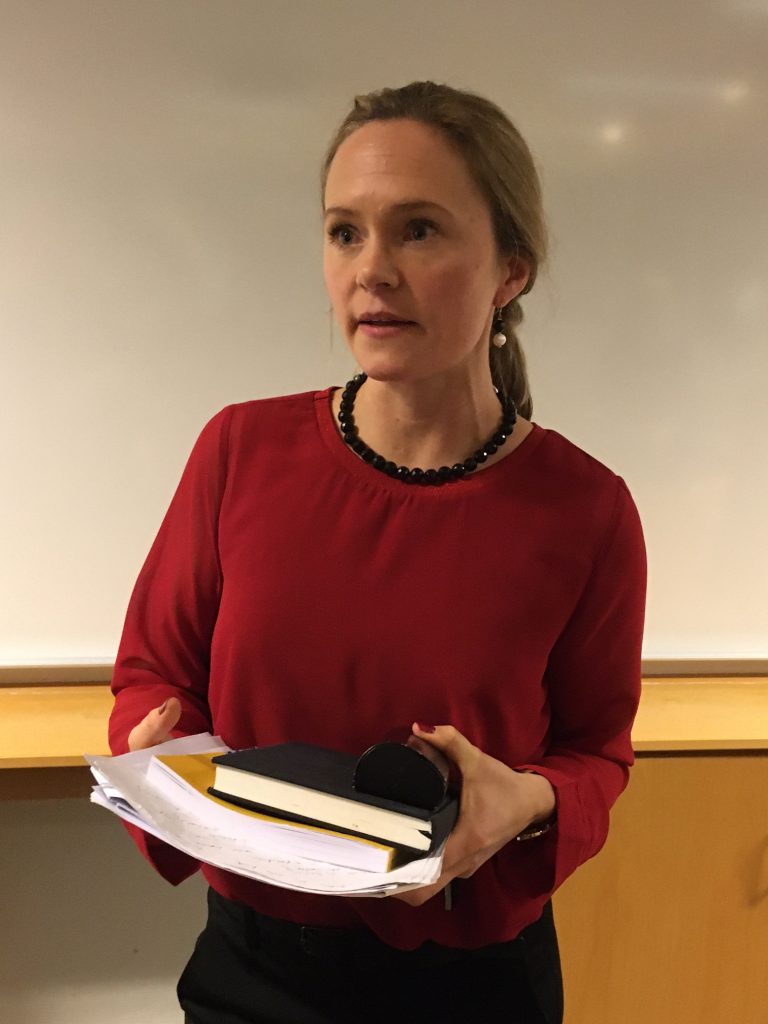JMIC trains 49 journalism students in Uganda in safety
By Gerald Walulya, JMIC coordinator – Uganda.
The Journalism & Media International Center in conjunction with the Department of Journalism and Communication, Makerere University, Uganda have conducted a four-day webinar on safety and security of journalists.

The webinar was attended by 49 final year journalism students and early career journalists from Uganda. The training sessions that started on Monday, 7th March were concluded on 10th March, 2022.

Dr. Ivan Lukanda, who spoke on behalf of the Head of Department, noted that the training is crucial for young journalists, because it enables them to know what to do when they are attacked so that they secure their safety. He commended JMIC for its continued support towards the Department that has enabled them to prepare their students.
The webinar was facilitated by both local and international facilitators. Local facilitators included, Claire Muhindo, the online content manager of Africa Centre for Media Excellence, a local media support organisation and Tabu Butagira, the Managing Editor of Nation Media Group – Uganda.
Other trainers included, Abeer Saady, a recognised safety trainer associated with Journalism & Media International Center and Marte Høiby, a Senior Research Scientist at SINTEF Digital, Norway.

Claire Muhindo told participants that journalists should be cautious of their safety digitally, physically and other aspects, because unsafe journalists cannot tell good stories.
Muhindo advised participants to always backup their data, avoid opening emails from untrusted sources, distancing themselves from usage of public Wi-Fi, noting that doing so exposes their accounts to hackers.
Tabu Butagira shared with participants his safety and security experience as a journalist in Uganda. He warned participants against sharing a lot of information about their lives and family on social media platforms because this information can be used by wrong elements to their disadvantage.
“Nothing posted on the digital platforms that cannot be accessed, if wanted. If you don’t want to be recorded anywhere, don’t write. People put [photo] albums on their social media platforms, hence leaving digital footprints.” Butagira said.
“You will never know when you will write a story that will put you into trouble. Always ask yourself if what you are putting on your social media is the right information, and what are the risks? You will see no danger to upload anything, until the danger comes, and it will be too late.” He warned.
Abeer Saady took participants through a host of issues related to safety and security including, risk management and safety planning while working in hostile environments, situational awareness and ethical dilemmas related to safety and security.
Jill Ainebyoona, an early career journalist who was one of the participants said that the webinar had polished his knowledge about safety and security.
“The workshop has opened my eyes about the danger of exposing ourselves through what we post [on social media] and I will continue distancing myself from that practice,” he said.
Susan Nakangwe, another participant said “As a result of the webinar training, I’m in position to protect myself in case of a crisis. I would know when to step aside as well as when to approach the crowd to pick key information. Also, I learnt the essence of wearing protective gear while reporting.”
